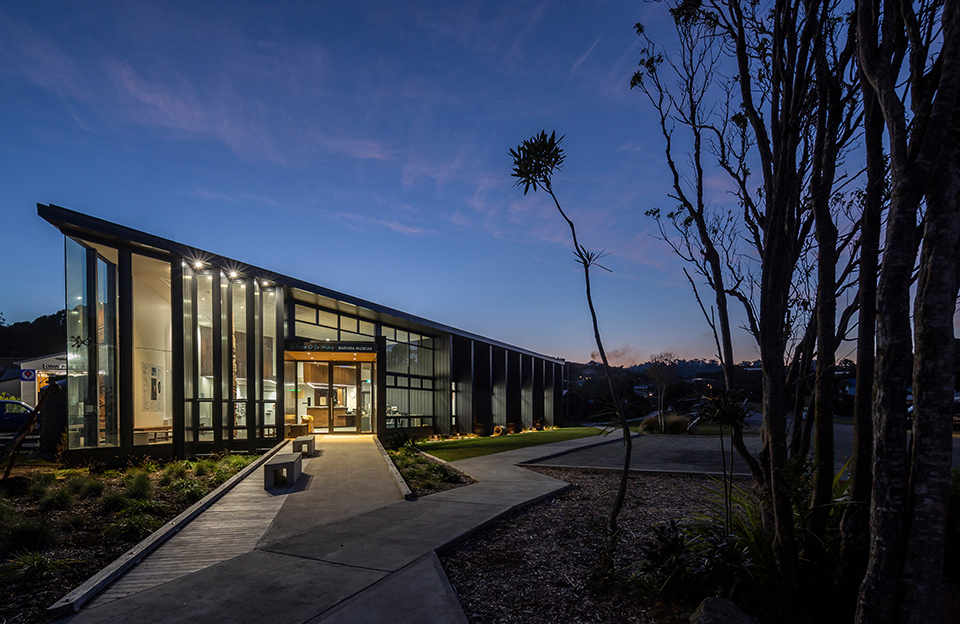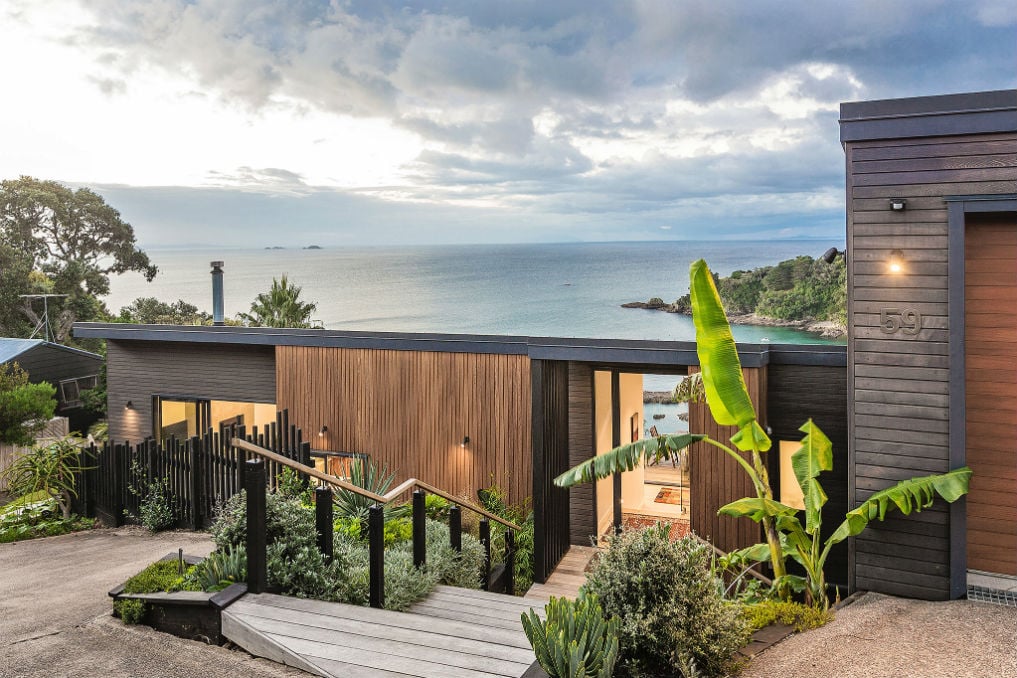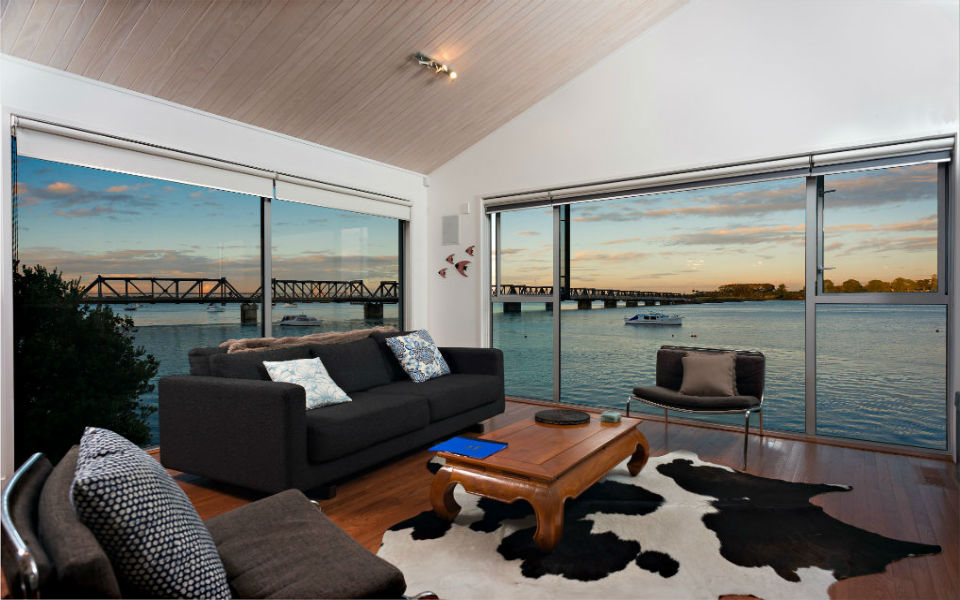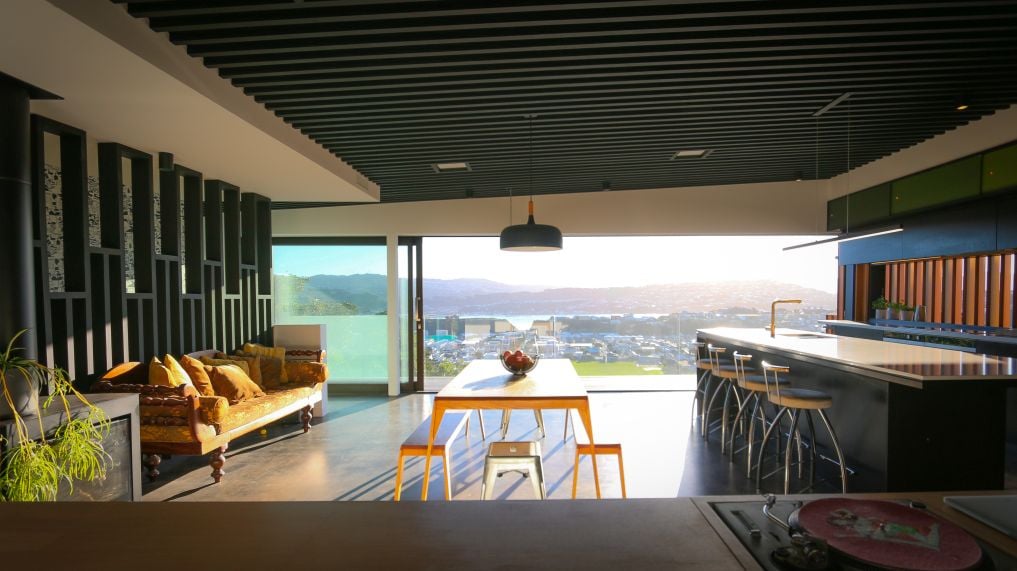When the prow of a vessel points to the sea and the anchors of history are firmly in place, you know the crew have done a good job. And when this concept can be applied to a very special building, everyone involved should take a bow. The new museum on Stewart Island/Rakiura fits this important brief admirably ... a safe passage indeed thanks to WSP Architects.
The original building on the site was a house, but was no longer fit for purpose for the island’s taonga. So a new building was needed to protect and showcase the rich cultural and maritime narrative interweaving the history of Maori who came to gather kai; Pakeha who came to settle; and the Europeans who came for the whales.
The new museum is the first piece of civic infrastructure to be built on Rakiura in over 25 years and it was important the design, called Te Puka o te Waka (The Anchor of the Waka), paid homage to that past. Only 380 people live on the island permanently, but thousands of tourists visit each year.
Christchurch-based Julian O’Sullivan, lead architect of WSP Architects, has lost count of the times he and his design team visited the island over 11 years of involvement and pays tribute to volunteers of the Rakiura Heritage Trust, who worked on the dream for many years.
There were regular meetings with the trust and iwi, and with the Department of Conservation and Southland District Council staff, but it was when Julian and his team saw the wedge shape of the new site pointing towards the harbour that the concept became clear. “All of a sudden you get the idea that this should be a building, but the building can be a vessel and that vessel can house the treasure – the museum artifacts, the taonga of the place. That’s how it grew. It was quite organic in terms of its development.
“We also had this notion the building itself was going to float above the landscape, primarily because it had to – it has to be on piles because the site itself is in a swampy part of the township.”
The prow of the vessel points to the sea; physical anchors representing Maori and Pakeha history anchor the building to the site; fins become the ribs of a whale running down the side.
The challenge was working the spatial elements to give generosity and volume to the entrance and reception areas, “so people feel like they have arrived,” while still providing room for the exhibition and back-of-house functions.
Julian and his team are proud of their contribution to the public realm, but he says the determination of the Rakiura Heritage Trust is the true hero of the project.
Photography Graham Warman





.jpg)



